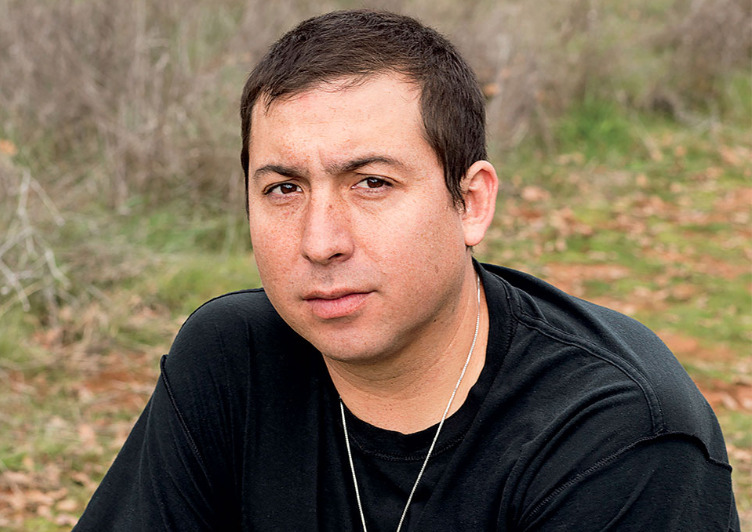Tommy Orange on Autoethnography
A critical element of autoethnography is how it responds to and redefines stereotypes. In an interview with Heather Shotton, Tommy Orange explains how he redefined the idea of "home" when, stereotypically, American culture only depicts Native Americans as being "at home" on reservations. Orange explains how his idea of home is vastly different than a reservation-rather, his home is in an urban context-Oakland, the setting of There, There. Orange explains how his emotional connecitons to specific parts of Oakland make it his home. He elaborates on how his purpose in writing There, There was to illuminate a reality which had largely been ignored in American society-the reality of the lived Native American experience in an urban setting. He explains how this is not a direct contrast to reservation life, but rather its complement; he says, "I certainly didn’t mean to talk about reservations and urban life as necessary dichotomies, because they’ve grown up together. Urban Indian life has thrived the way it has because it’s kept connections to the reservation."
Simultaneously, Orange explains that while he didn't intend to separate urban and reservation life, There, There attempted to resist the stereotype that all Natives live on reservations, or that if a person lived in a city, they were not truly Native. Orange's autoethnography, through the medium of a novel, sought to "understand [himself]" and the meaning of being Native, as well exploring various different meanings of being Native for different people (Orange). Orange's writing reframes Native stories away from a tale of victimization; he says, "'I'm like, 'Hold on a second, this is my life. And I don’t think it’s sad or miserable'" (Orange). He goes on to explain that his writing resisted the "old and, I guess, sad image, this feathered icon that we still use on jerseys for sports teams," a form of "systemic violence" that is "active", rather than "passive" (Orange). Rather than with despair, Orange writes with threads of hope and solidarity, conveying the message that understanding and listening to people is a choice, not something that is out of our control-and this listening can lead to greater equality and justice for Native Americans. Autoethnography is a critical medium to facilitate this kind of emphathetic listening and understanding, and is essential for building the foundation for true solidarity with Native Americans.
